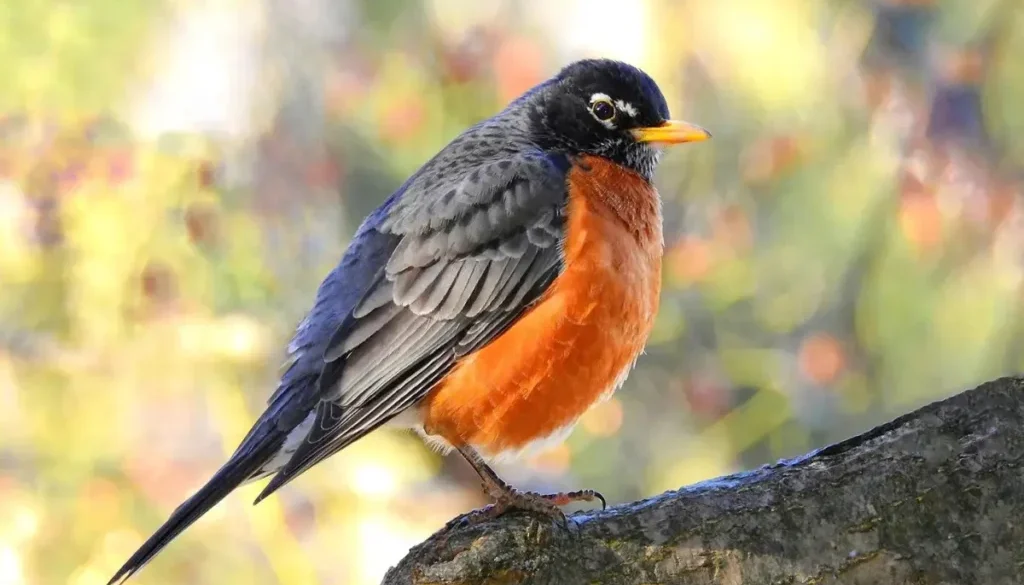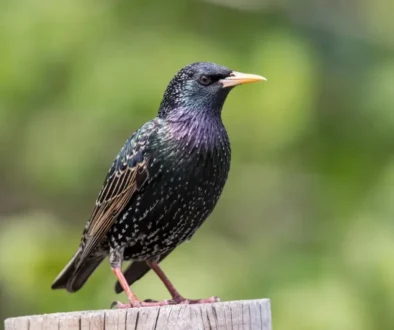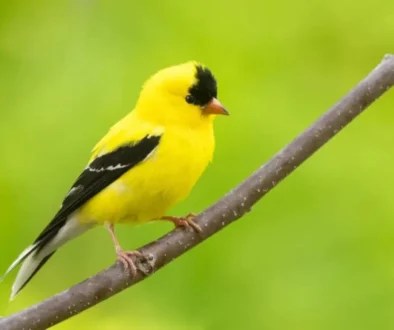American Robin (Turdus migratorius)
The Cheerful Harbinger of Spring
The American Robin is one of the most familiar and widely recognized songbirds in North America.
Identifiable Characteristics
It is easily identified by its bright red-orange breast, gray-brown upperparts, and a distinctive white eye-ring. Adult robins typically measure about 9 to 11 inches in length, with a wingspan of 12 to 16 inches, and weigh between 2.5 to 3 ounces. Males and females look similar, although males tend to have brighter plumage.
Habitat and Behavior
American Robins are highly adaptable and can be found in a wide range of habitats, including forests, woodlands, gardens, parks, and urban areas. They are ground feeders, often seen hopping across lawns in search of food. Their diet is varied, consisting mainly of earthworms, insects, and fruit. Robins are known for their ability to locate earthworms by sight and sound, tilting their heads to listen for the movement of worms beneath the soil.
Breeding and Nesting
During the breeding season, which begins in early spring, American Robins are known for their elaborate courtship displays, where males sing cheerfully to attract mates. The female builds a nest out of mud, grass, and twigs, usually in trees or shrubs, where she lays 3 to 4 blue eggs. Both parents are involved in feeding the chicks, which fledge about two weeks after hatching.
Seasonal Movements
American Robins are migratory birds, with most populations moving south during the winter to escape cold temperatures and food scarcity. However, in milder climates, they may remain year-round. Their return in spring is often seen as a sign of the season’s arrival.
Cultural Significance
The American Robin holds a special place in North American culture, often seen as a symbol of renewal and hope. Their melodious songs are a common sound in gardens and parks, making them one of the most beloved songbirds across the continent.




